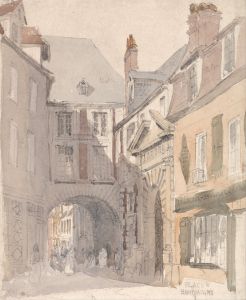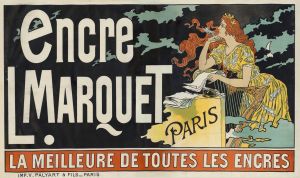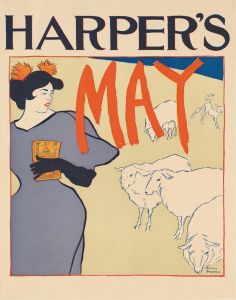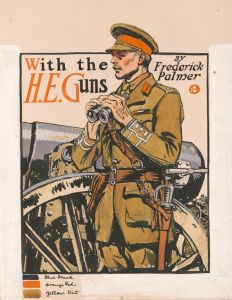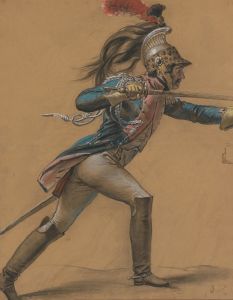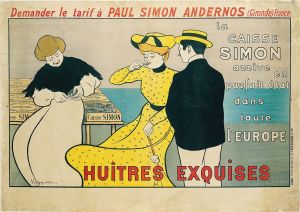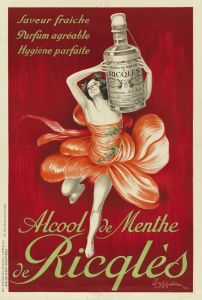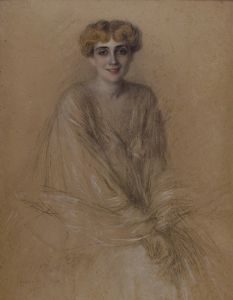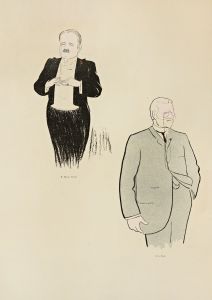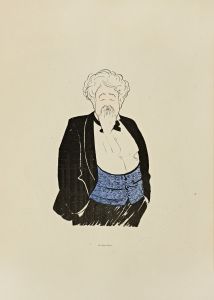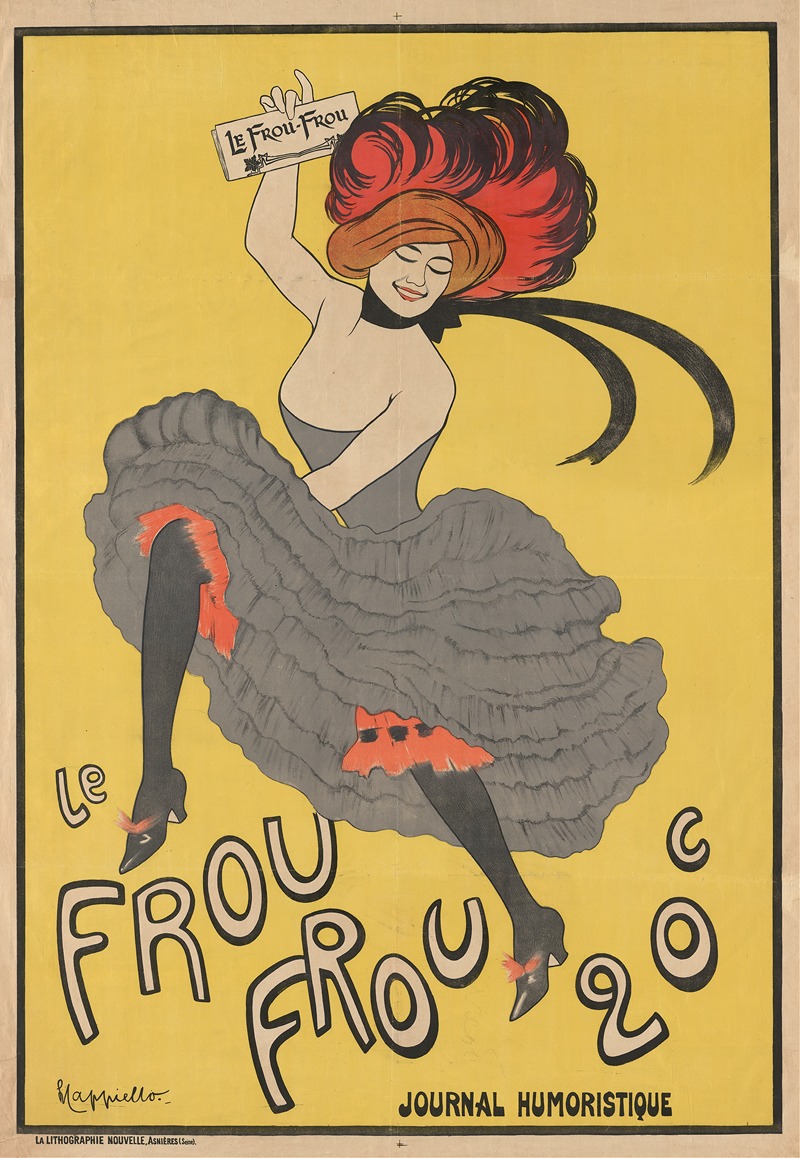
Le Frou Frou
A hand-painted replica of Leonetto Cappiello’s masterpiece Le Frou Frou, meticulously crafted by professional artists to capture the true essence of the original. Each piece is created with museum-quality canvas and rare mineral pigments, carefully painted by experienced artists with delicate brushstrokes and rich, layered colors to perfectly recreate the texture of the original artwork. Unlike machine-printed reproductions, this hand-painted version brings the painting to life, infused with the artist’s emotions and skill in every stroke. Whether for personal collection or home decoration, it instantly elevates the artistic atmosphere of any space.
Le Frou Frou is a notable poster created by the Italian artist Leonetto Cappiello, who is often referred to as the father of modern advertising due to his innovative approach to poster design. Born in Livorno, Italy, in 1875, Cappiello moved to Paris in 1898, where he began his career as a caricaturist before transitioning to poster art. His work is characterized by its bold use of color, dynamic compositions, and the ability to capture the viewer's attention with striking imagery.
Le Frou Frou was created in 1899 and is one of Cappiello's early works that showcases his distinctive style. The poster was designed to promote the French satirical magazine "Le Frou-Frou," which was published weekly from 1900 to 1923. The magazine featured humorous and often risqué content, including cartoons, illustrations, and articles that poked fun at contemporary society and politics.
The poster for Le Frou Frou features a vibrant and playful design, typical of Cappiello's work. It depicts a lively scene with a central female figure, elegantly dressed and exuding a sense of movement and energy. The use of bright colors and dynamic lines draws the viewer's eye and conveys the spirited and whimsical nature of the magazine. Cappiello's ability to create a sense of motion and excitement in his posters was one of the reasons for his success and lasting influence in the field of advertising.
Cappiello's work, including Le Frou Frou, was part of a broader trend in the late 19th and early 20th centuries that saw the rise of the illustrated poster as a popular form of advertising. This period, often referred to as the "Golden Age of the Poster," was marked by the contributions of several prominent artists, including Jules Chéret, Henri de Toulouse-Lautrec, and Alphonse Mucha. These artists elevated the poster to an art form in its own right, using it to promote a wide range of products and events, from theatrical performances to consumer goods.
Le Frou Frou is a testament to Cappiello's talent and his ability to create visually compelling and memorable images. His work had a significant impact on the field of advertising, and his posters are still highly regarded and collected today. Cappiello continued to produce posters throughout his career, creating iconic designs for a variety of clients, including the famous "Maurin Quina" and "Bitter Campari" posters.
Leonetto Cappiello's contributions to the art of the poster were recognized during his lifetime, and his legacy continues to be celebrated. His innovative approach to design and his ability to capture the essence of a product or publication in a single image have left a lasting mark on the world of advertising and graphic design. Le Frou Frou remains an important example of his early work and a reflection of the vibrant and dynamic spirit of the Belle Époque period in which it was created.





